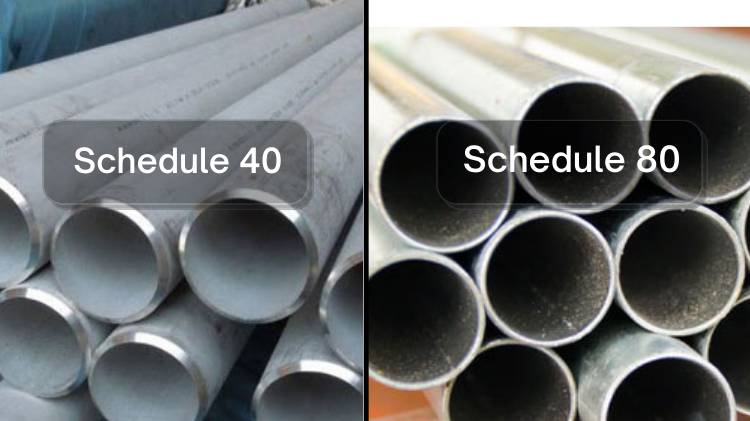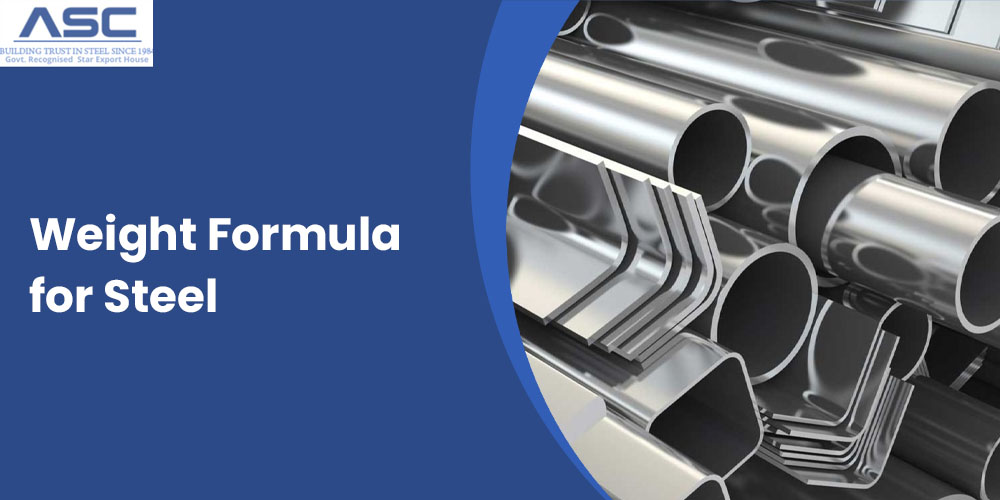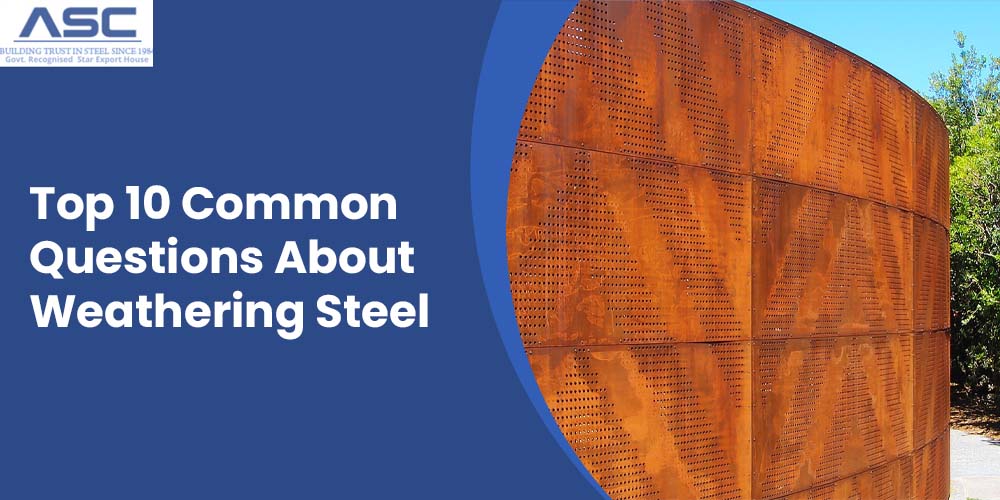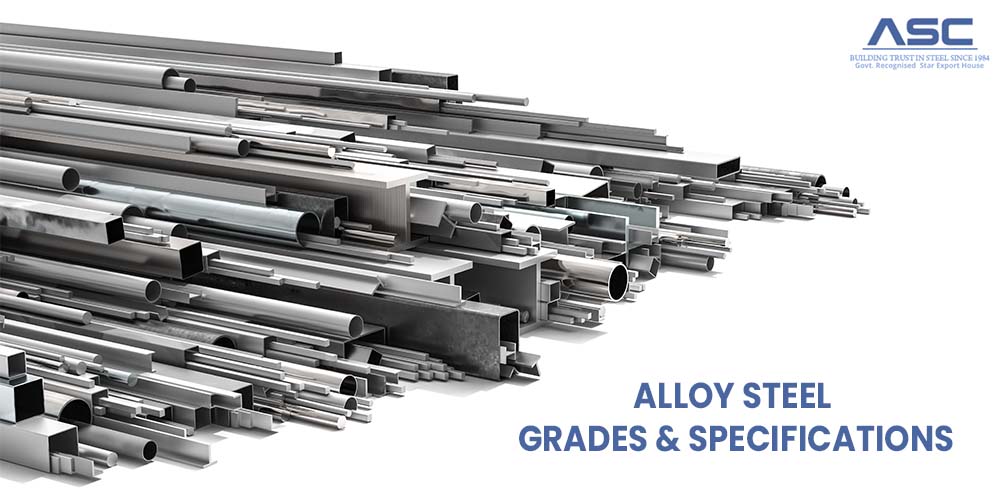Difference Between Schedule 40 and Schedule 80 Pipe
Posted on May 15, 2022 at 10:15 AM

What is a Pipe Schedule?
Pipe schedule refers to the thickness of the walls of a steel pipe. Pipe schedules are denoted by a number, which is based on the thickness of the pipe's walls.The schedule number does not correspond directly to the pipe's actual wall thickness but rather to a set of standardized thicknesses. These standardized thicknesses were established by the American National Standards Institute (ANSI) and are based on a formula that takes into account the pipe's nominal size and its pressure rating.
For example, a pipe with a schedule 40 has a wall thickness that is roughly 1/8 inch thick, while a pipe with a schedule 80 has a wall thickness of approximately 1/4 inch. As the schedule number increases, the wall thickness also increases, making the pipe more suitable for higher pressure applications. It's important to note that pipe schedules are standardized for specific types of pipes, such as seamless or welded pipes, and different materials, such as carbon steel, stainless steel, or alloy steel, may have different schedules for the same size pipe. It's essential to choose the correct pipe schedule for the intended application to ensure that the pipe can withstand the pressure and stress placed upon it.
What is the difference between Schedule 40 vs Schedule 80?
The primary difference between Schedule 40 and Schedule 80 steel pipes is the thickness of their walls. Schedule 40 pipes have a thinner wall thickness and are often used in low-pressure applications, such as residential plumbing or irrigation systems. They are commonly used in applications where the pressure does not exceed 1,000 PSI.On the other hand, Schedule 80 pipes have a thicker wall and are used in high-pressure applications, such as industrial processes, hydraulic systems, and underground piping. They are designed to handle higher pressures and can withstand greater stress than Schedule 40 pipes.
In terms of specific measurements, Schedule 40 pipes have a wall thickness of approximately 0.109 inches, while Schedule 80 pipes have a wall thickness of about 0.154 inches. This means that Schedule 80 pipes are about 30% thicker than Schedule 40 pipes.
While Schedule 80 pipes are stronger and more durable than Schedule 40 pipes, they are also more expensive. The thicker walls of Schedule 80 pipes require more material and more manufacturing time, which increases the cost. When selecting a pipe for a specific application, it's important to consider the pressure requirements and the cost-benefit of choosing a thicker and more expensive pipe.
Schedule 40 vs Schedule 80 PVC
The following table highlights the key differences between Schedule 40 and Schedule 80 PVC pipes:| Feature | Schedule 40 PVC Pipe | Schedule 80 PVC Pipe |
| Wall Thickness | Thinner | Thicker |
| Pressure Rating | Lower | Higher |
| Durability | Less durable | More durable |
| Cost | Less expensive | More expensive |
| Common Applications | Residential plumbing, irrigation systems, drain-waste-vent systems, low-pressure applications | Industrial processes, hydraulic systems, underground piping, high-pressure applications |
As you can see, Schedule 40 PVC pipes have a thinner wall thickness and are less durable compared to Schedule 80 PVC pipes. They are commonly used in low-pressure applications, such as residential plumbing, irrigation systems, drain-waste-vent systems, and other similar applications.
In contrast, Schedule 80 PVC pipes have a thicker wall thickness and are more durable, making them suitable for high-pressure applications, such as industrial processes, hydraulic systems, underground piping, and other similar applications.
However, Schedule 80 PVC pipes are also more expensive compared to Schedule 40 PVC pipes due to their thicker walls and higher pressure rating. When selecting a PVC pipe for a specific application, it's important to consider the pressure requirements and the cost-benefit of choosing a thicker and more expensive pipe.
How Is Pipe Scheduling Used
Pipe scheduling is used to ensure that the walls of a steel pipe are thick enough to withstand the pressure and stress placed upon it. The schedule number is based on the thickness of the pipe's walls, with higher schedule numbers indicating thicker walls.Pipe scheduling is an essential part of the steel industry because it helps ensure that pipes are safe and reliable for their intended applications. Different pipe schedules are used for different types of pipes and materials, and the correct scheduling must be used to ensure that the pipe can handle the pressure and stress of the application.
For example, in low-pressure applications, such as residential plumbing or irrigation systems, Schedule 40 pipes are commonly used because they have a thinner wall and are less expensive. However, in high-pressure applications, such as industrial processes or hydraulic systems, Schedule 80 pipes are used because they have a thicker wall and can withstand greater stress.
Overall, pipe scheduling is used to help ensure the safety and reliability of steel pipes for a wide range of applications. It's important to select the correct pipe schedule for the intended application to ensure that the pipe can handle the pressure and stress placed upon it, which helps prevent failures and prolongs the life of the pipe.
Schedule 40 vs Schedule 80 Pipe - Major Difference
Pressure — Pipe scheduling is a crucial factor in determining the amount of pressure that a plumbing system can handle. The higher the schedule number, the thicker the walls of the pipe, allowing it to withstand greater fluid pressures. For applications requiring higher pressures, it's recommended to use pipes and fittings with a higher schedule number.In high-pressure applications, such as pressurized liquid systems, Schedule 80 pipes are typically the safer and more durable option due to their thicker walls. However, Schedule 40 pipes can also be suitable for applications where pressure ranges are known to be within the parameters of the pipe. To determine the appropriate schedule for your application, it's important to consider the working pressure requirements.
NPS and Outer, Inner Diameter — When comparing Sch 40 and Sch 80 pipes of the same size, the NPS (Nominal Pipe Size) measurements are identical. NPS represents the pipe's outer diameter (OD), which remains the same for both schedule types.
However, the key difference between Sch 40 and Sch 80 is the size of the inner diameter (ID). Sch 80 pipes have thicker sidewalls on the inside, which reduces the inner diameter compared to Sch 40. The extra material used in Sch 80 piping only adds to the thickness of the sidewalls on the inside. The smaller inner diameter of Sch 80 pipes can cause a slight reduction in the fluid flow rate. However, Sch 80 pipes are better suited for pressurized liquid applications due to their thicker walls, which provide greater durability and safety.
In summary, NPS measurements for Sch 40 and Sch 80 pipes of the same size are identical. The key difference between the two schedules is the size of the inner diameter, with Sch 80 having a smaller ID due to thicker sidewalls. While this may result in slightly slower fluid flow, Sch 80 is the safer and more durable option for pressurized liquid applications.
Cost: When it comes to cost, Schedule 40 plumbing parts are typically more affordable than those made with Schedule 80. The reason behind the price difference is that Sch 80 has a thicker sidewall than Sch 40, which requires more material to manufacture. Additionally, Sch 80 pipes often come with colorant added, which also increases production costs.
While Sch 40 is less expensive, it may not be the best choice for all applications. It is important to consider factors like fluid pressure and required durability when selecting between the two schedules. For pressurized liquid applications, Sch 80 is the better option due to its thicker walls and increased strength.
Ultimately, the choice between Sch 40 and Sch 80 plumbing parts comes down to your specific needs and budget. While Sch 40 is the more cost-effective choice, Sch 80 provides additional strength and durability for pressurized liquid applications, albeit at a higher cost. .
Color — Schedule 40 and Schedule 80 pipes are typically distinguishable by their color, with Sch 40 plumbing being a natural white color, and Sch 80 plumbing being gray. The color difference can help to identify which schedule the plumbing belongs to quickly. However, it is essential to note that some manufacturers may not follow this color pattern, so it is always necessary to double-check the information printed on the pipes and fittings.
While the color of the plumbing is a helpful indicator, it is not a reliable way to distinguish between Sch 40 and Sch 80 pipes. It is crucial to check the schedule of the plumbing before installation to ensure it is suitable for the intended application.
In summary, the color of the plumbing can be a useful way to identify the difference between Sch 40 and Sch 80 pipes. Still, it is necessary to double-check the information printed on the pipes and fittings and consider other factors like fluid pressure and required durability when selecting the appropriate schedule for your plumbing needs. .
Installation— I Installation of Schedule 40 and Schedule 80 pipes made from the same material is no different than installing pipes made from different materials. The ASTM standard mandates that the outside diameters of all schedules of pipes with the same NPS will be identical. Therefore, different schedules of pipes can be joined together using the usual fittings and joining methods for that specific type of pipe.
Regardless of the schedule, proper installation procedures must be followed to ensure the plumbing system functions safely and efficiently. This includes proper cleaning and preparation of the pipes, using appropriate fittings and connectors, and ensuring correct alignment and support of the pipes. In conclusion, installing Schedule 40 and Schedule 80 pipes made from the same material is similar to installing pipes made from different materials. By following proper installation procedures and adhering to ASTM standards, pipes of different schedules can be joined together using standard fittings and joining methods.
Application — SSchedule 80 plumbing is considered to be stronger and more durable than Schedule 40 plumbing due to its thicker walls. This makes Schedule 80 a suitable option for plumbing applications that involve high pressure stress, mechanical strain, or chemical interaction. When selecting the appropriate pipe schedule for a specific application, it is crucial to consider the potential stresses and strains the plumbing will be exposed to.
Schedule 40 plumbing can be suitable for applications with lower pressure requirements, where cost is a significant factor. However, it is essential to note that Schedule 40 plumbing may not be suitable for applications that require higher pressure or where additional mechanical strain is expected. Ultimately, the appropriate pipe schedule for a specific application will depend on a range of factors, including fluid pressure, expected mechanical strain, and chemical interaction. It is crucial to consult with a qualified plumbing professional to determine the best plumbing solution for your specific needs.
The formula for the pipe schedule:
Sch.=P/[ó]t×1000
P is the pressure that was planned, measured in MPa;
t is the amount of stress that can be put on a material at the design temperature, measured in MPa.
Steel Pipe Schedule Chart ANSI B36.10 & 36.19 (Unit in Inch)
In terms of the sizes of steel pipes, SCH stands for "schedule." It refers to the wall thickness of the pipe and is an important factor to consider when selecting the appropriate pipe for a specific application.The pipe schedule is a numerical representation used to describe the thickness of a steel pipe's wall. It refers to a series of wall thicknesses denoted by Sch., which correspond to different pipe schedules. Pipes with the same diameter can have different wall thicknesses depending on their pipe schedule. The most commonly used schedules include SCH 5, 5S, 10, 10S, 20, 20S, 30, 40, 40S, 60, 80, 80S, 100, 120, 140, and 160. The higher the schedule number, the thicker the pipe wall and the greater the pressure resistance it can handle.Summary:
Pipe scheduling is used to show the thickness of a steel pipe's wall with a number. Pipes with a higher schedule number have thicker walls, making them stronger and able to handle higher fluid pressures. Schedule 80 pipes are generally considered stronger and more durable than Schedule 40 pipes, but they are also more expensive due to their thicker walls. Schedule 40 pipes are a standard weight and are more commonly used in building applications, while Schedule 80 pipes are often used in places where the pipes are visible. When it comes to high-pressure or high-temperature water applications, Schedule 80 pipes are the recommended choice due to their ability to handle more pressure and temperature.
Weight Formula for Steel - Calculating the Weight of Steel
In the metals industry, accurately calculating the weight of steel is crucial for project planning and cost estimation. Whether you're involved in construction, manufacturing, or engineering.

